CarEdge saved me over 4,500 dollars on a brand new Honda Pilot. I can't say thank you enough.
Price intelligence
Find a wide range of vehicle listings with market insights on new and used listings near you.


Help us personalize your CarEdge experience — it only takes a second.
Your answers help us personalize your CarEdge journey — we’ll follow up with tips and next steps that match your buying timeline.

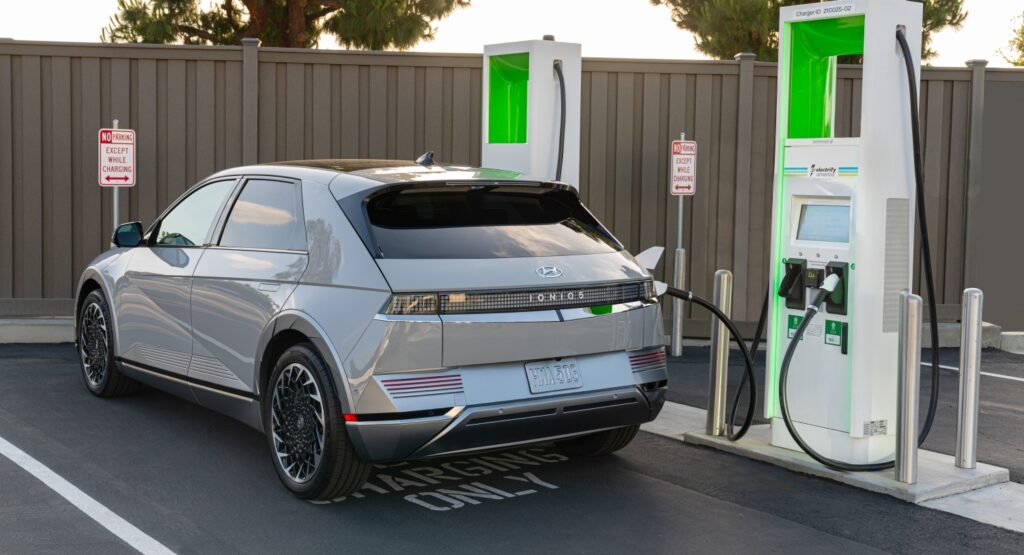
Some may think of electric vehicles as a concept of the future, but over 2 million EVs are already on American roads. By 2030, that figure may exceed 5 million. Where will all of these EVs juice up on road trips? Say hello to the gas station of the future. Charging stations are growing as more automakers commit to electrification.
Among the key players in EV charging is Electrify America. With roots in the 2015 dieselgate debacle, Electrify America is out to show the masses that electric cars are accessible and convenient. Maybe you’ve even seen their glowing green stations in your local Walmart parking lot. Who knows, you might find yourself at an Electrify America station sooner than you think.
Let’s cover the basics of Electrify America:
Let’s dive in.
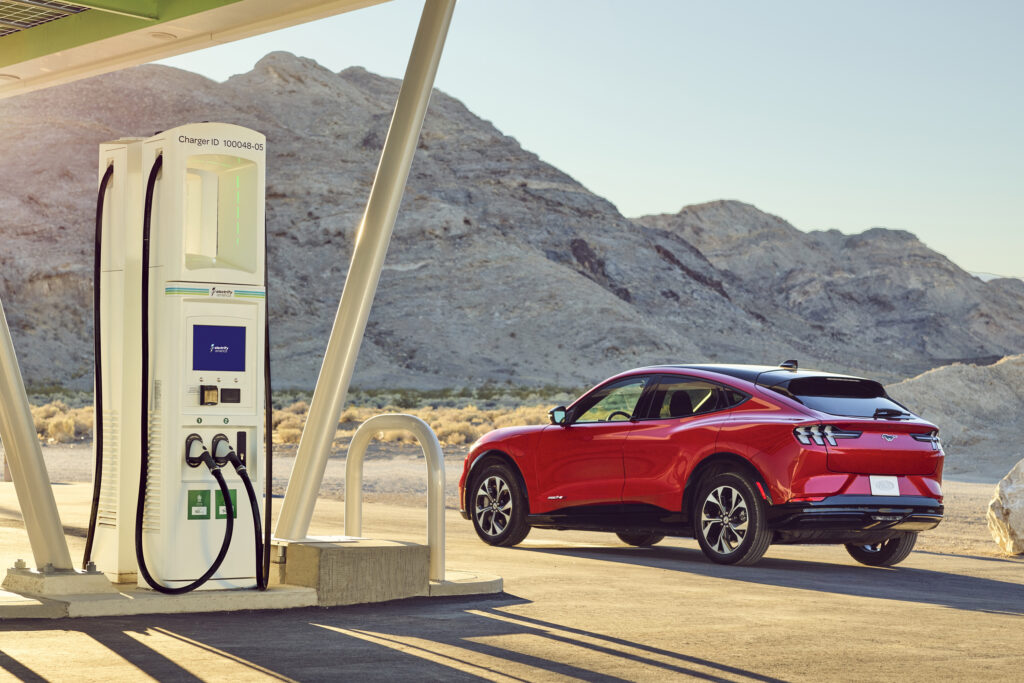
Electrify America is the rebranded name for the initiative that Volkswagen created and funded as part of its 2016 settlement with the United States Environmental protection Agency and the California Air Resources Board. VW was caught red-handed cheating on emissions tests for millions of diesel cars sold in the US. Remember when everyone had to sell back their cool Golf TDI? VW hit rock bottom in 2015. As part of the $2 billion punishment, Volkswagen is prohibited from branding the charging network as a VW enterprise.
So here we have it, Electrify America! Storied past aside, EA is now a large and rapidly growing player in the world of electric vehicles. Despite initial skepticism, EA showed it was serious by following through on their initial goal of adding 2,000 DC fast chargers within a few years. An average of four EA stations were opened every week since the official debut of Electrify America in May of 2018. Now, EA is embarking on the next stage of growth.

Good news! Any electric vehicle model can plug in at Electrify America charging stations. Even Teslas can charge here, despite having their own exclusive Supercharger network. Tesla may have a walled garden for its customers, but EA is open to all. EA stations include several CCS plug types, which work with nearly all EV models. The stations also have a CHAdeMO plug, which only the Nissan Leaf uses as of 2022.
Plug-and-charge is a convenience feature popularized by Tesla, but now spreading among automakers. Considering Electrify America’s Volkswagen roots, you’d think plug-and-charge would be a given for VW electric cars. Not so, at least not yet. However, it looks like automakers are at fault here, not EA. The 2022 Ford Mustang Mach-E already offers plug-and-charge, saving time and hassles for owners. GM says it will soon, but not by the time Cadillac Lyriq deliveries begin this year.
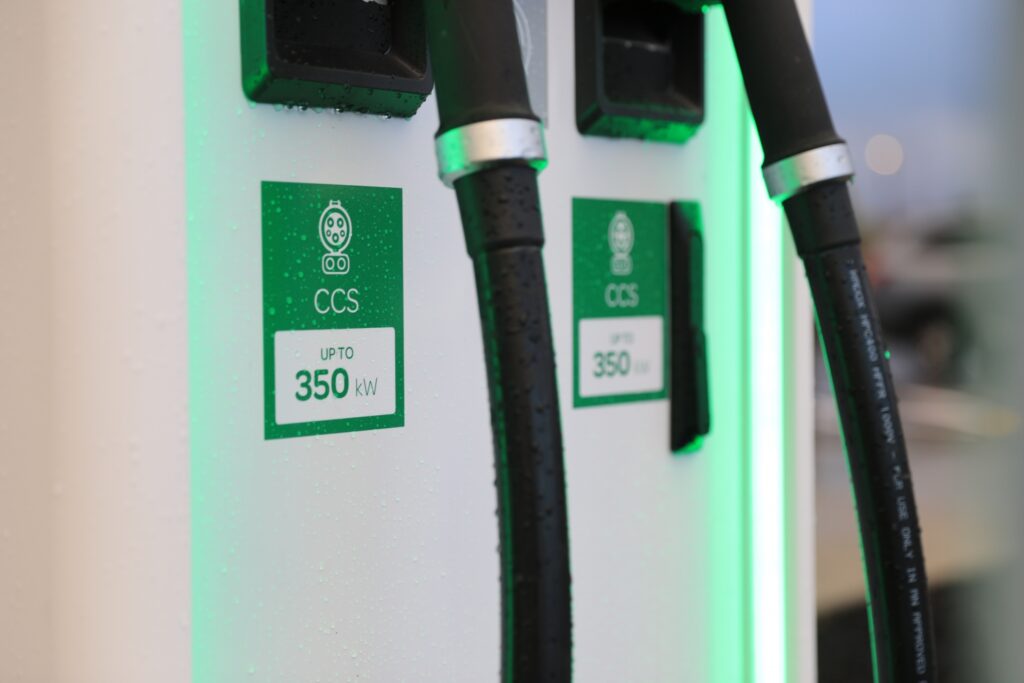
Electrify America charging stations are installed with future-proofing in mind. The vast majority of stations are capable of supplying the latest EVs with up to 350 kW charge speeds. In 2022, only a few EVs are capable of such rapid charging. The Hyundai IONIQ 5, Lucid Air and Porsche Taycan are a few examples. If your EV only accepts slower charging speeds, Electrify America certainly has the power you need to juice up.
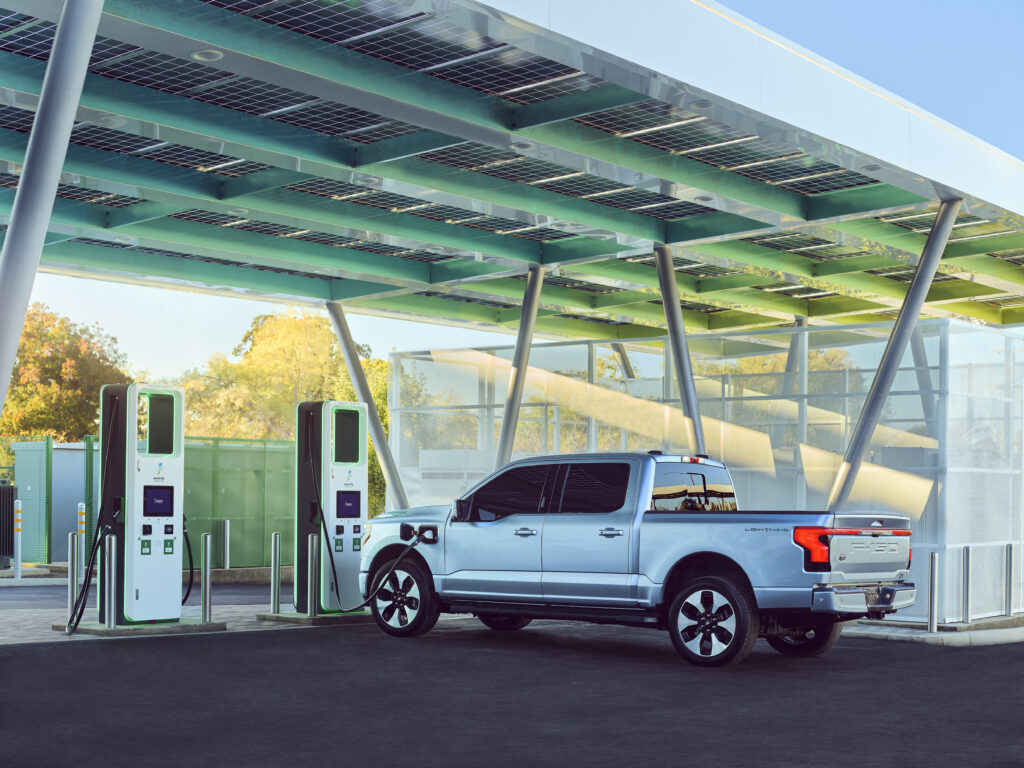
Some lucky EV drivers will have some amount of free charging at Electrify America. The Volkswagen ID.4, Hyundai IONIQ 5, Polestar 2 and even the Lucid Air all come with two or three years of complimentary charging at EA.
Electrify America pricing is determined by the following price tiers. Customers can either pay $0.43 per kilowatt-hour of electricity, or become a Pass+ member for just $4/month and charge up at $0.31 per kWh. For the Ford Mustang Mach-E with the standard battery, a full charge will cost about $21.00 as a Pass+ member, but $30.00 as a guest.
Having such an affordable membership plan is an interesting approach. It almost seems like Electrify America is aiming to become a subscription that everyone with an EV will buy into for a sense of range security, even if they rarely use the network. Learn more about Electrify America pricing and how much it costs to charge an electric vehicle at home or on the road here.
After an extremely fast build-out, EA now has chargers in 47 states. Only North Dakota, Wyoming and West Virginia have yet to receive EA chargers. Some states have many chargers. Metro areas like Washington DC, Atlanta, New York City, and of course all of California have a high density of EA charging stations.
A large number of EA stations are located in Walmart parking lots. Others are at Target stores, shopping malls, gas stations, and other frequented stops. With the new federal push for a national EV charging network, highway rest areas may soon get their own charging stations.
As of early 2022, Electrify America has 710 charging stations active in the US. Over 100 more are on the way soon. Three-quarters of existing charging ports are of the CCS type. The remainder are CHAdeMO-type plugs, almost exclusively for the Nissan Leaf. The rest of the EV world has moved on from CHAdeMO.
Here are all of the Electrify America charging locations as of early 2022. Future stations are in gray.
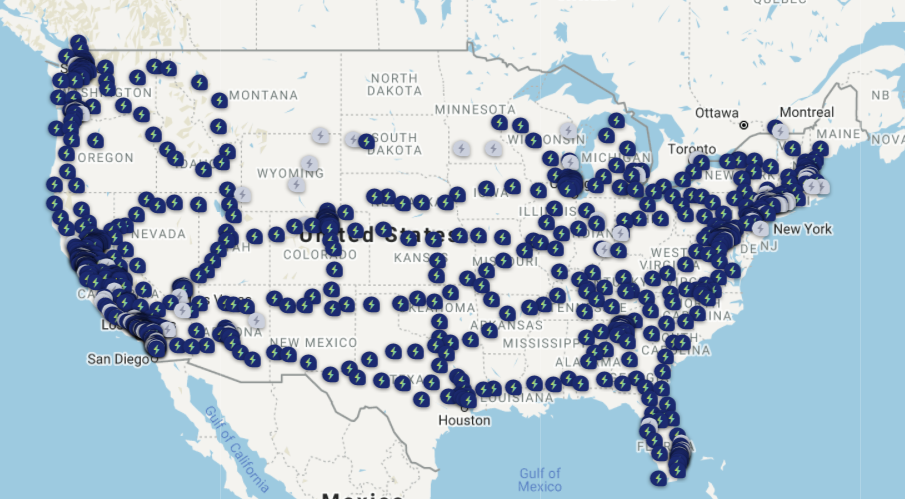
Source: Electrify America
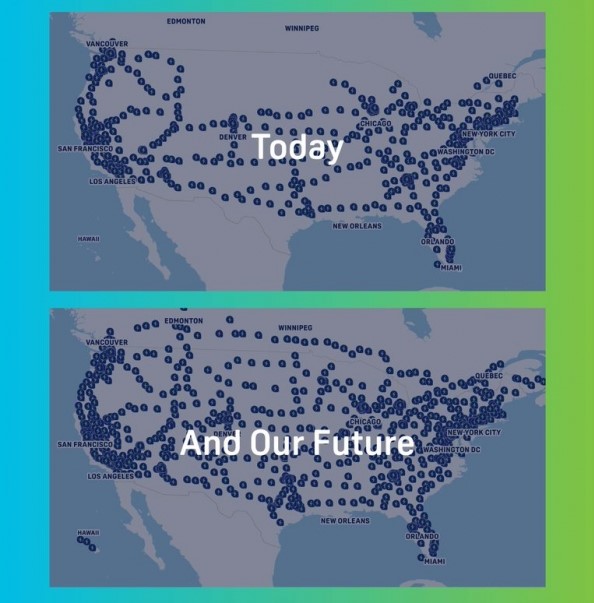
Electrify America’s original goal was to have about 800 charging stations and approximately 3,500 individual chargers in the U.S. by the end of 2021. As you can see above, they clearly exceeded that ambitious goal. Now, EA is looking ahead to their 2025 Boost Plan. The new plan calls for increasing the total number of charging stations to more than 1,700 and 9,500 individual chargers by the end of 2025. Soon, all 50 states will be home to EA charging stations. For me in West Virginia, that can’t come soon enough. It’s a charging desert out here in the hills.
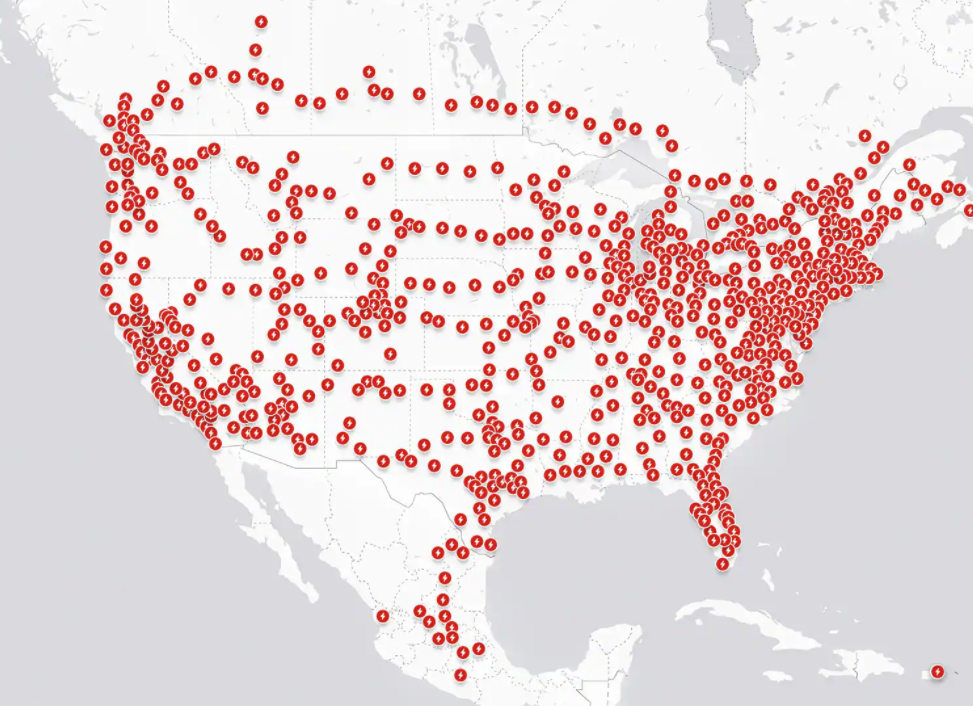
With so much competition arriving in the electric vehicle segment, buyers have far more options than they did just a few years prior. Back in 2018, it was Tesla, the Chevy Bolt and the Nissan Leaf that were selling in big numbers. Now look at the list of every EV on sale in 2022. Consumers have options! And by the time Electrify America’s 2025 Boost Plan is carried out, EV sales are expected to make up at least 12% of total vehicle sales.
Still, Tesla continues to lead electric sales by a large margin. Tesla drivers can charge at Electrify America stations if they bring their own plug adapter. Unfortunately, only Tesla cars can plug in at the sprawling Tesla Supercharger network. Tesla’s proprietary network of exclusive chargers just reached a major milestone. As of late 2021, there are 30,000 charging stalls at over 5,000 locations worldwide. One-sixth of those charging stations were built in the latter half of 2021 alone. In the US, there are nearly 1,000 Supercharger locations, a figure that is rapidly growing.
Tesla also has a level 2 Destination Network at tourist destinations, hotels, restaurants and other destinations. Soon, there will even be a Megacharger Network to support the coming Tesla Semi. Rumors abound that Tesla will open up the Supercharger network to non-Tesla cars, as they have already tried in select European countries. Until that officially happens in the US, Superchargers remain off limits to Ford, GM, Hyundai and every other automaker’s EVs.
Tesla Superchargers are not free. In fact, charging will cost $0.28 per kilowatt-hour of electricity in most markets. Learn more about how much it costs to charge an electric vehicle in our recent report.
Clearly, electricity is cheaper than gasoline, no matter where you plug in:
| Cost of Charging to 100% at a Tesla Supercharger | Cost of Charging to 100% at Electrify America as a Member | Cost of Charging to 100% at Electrify America as a Guest | Cost of Filling up an 18 Gallon Tank of Gas at $3.25/Gallon |
| $22.96 | $25.42 | $35.26 | $58.50 |
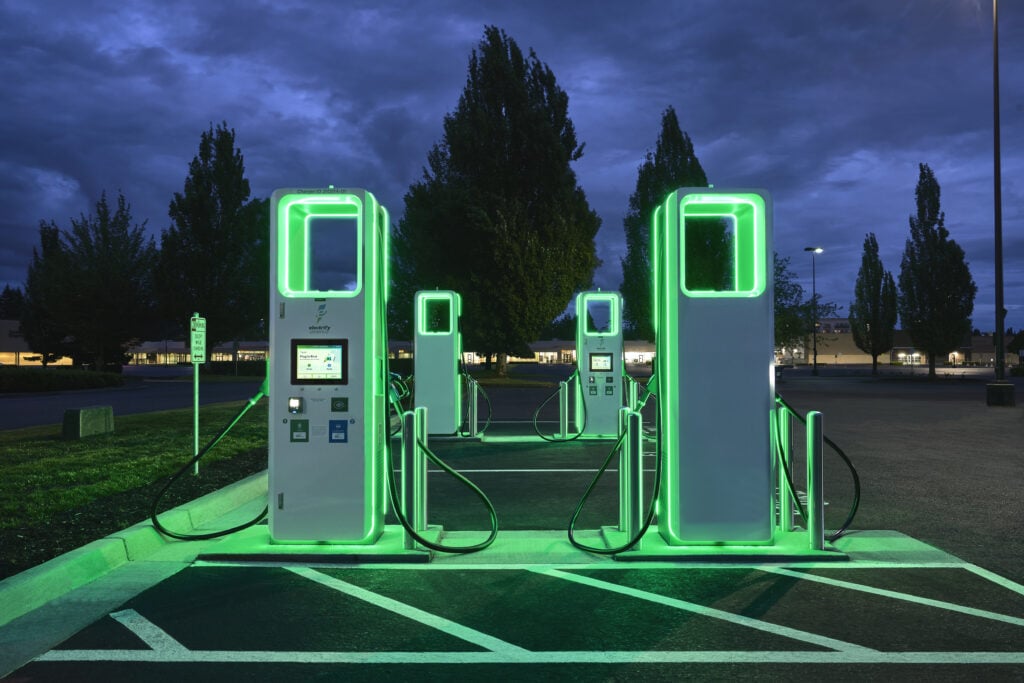
The automotive industry is commiting to EVs. With nearly half a trillion dollars committed to EV development this decade, is this a ‘too big to fail’ moment? However, what good are EVs if there’s nowhere to charge them? Actually, over 80% of electric vehicle charging happens at home. Still, road trips would be dead if automakers electrify without having public fast chargers as widespread as today’s gas stations.
Aside from the Tesla Supercharger network, Electrify America is the best shot we have at rapidly building out a DC fast charging network across America. Automakers, utilities and even the federal government are currently figuring out how to grow charging infrastructure in America. The recent National EV Charging Summit highlighted those efforts, and also the immense challenges ahead. Electrify America’s 2025 Boost Plan offers a glimpse of the electric future to come along American highways.
What do you think? Will Electrify America and the growing Tesla Supercharger network be enough for EVs to comfortably reach the forecasted 30-40% market share in 2030?
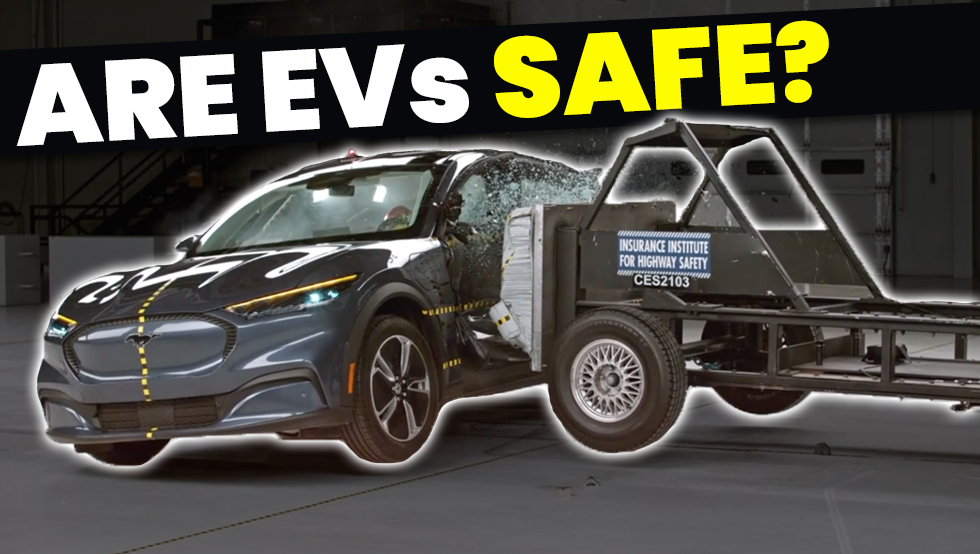

Your opinion of electric vehicles likely depends on which side of the news you’ve seen. If you know anything about the Chevy Bolt hazard, you might even scurry to the other side of the street when you encounter one. But does the data support EV skepticism, or is the big picture something different altogether? Do we even have enough data to draw firm conclusions? It’s important to get down to the facts, and that’s our goal today. Here’s what crash test ratings, vehicle fire statistics and real-world data can tell us about electric car safety in 2022.
The National Highway Traffic Safety Administration (NHTSA) and the Insurance Institute for Highway Safety (IIHS) conduct standardized crash testing for vehicles that possess the potential to become popular and sell in big numbers. If it’s popular, they’re going to crash it and collect data. These two crash testing programs don’t treat electric vehicles any differently than they would a traditional combustion-powered vehicle.
As a refresher, here are the crash tests conducted by the NHTSA and IIHS:
The following additional tests are conducted by the IIHS:
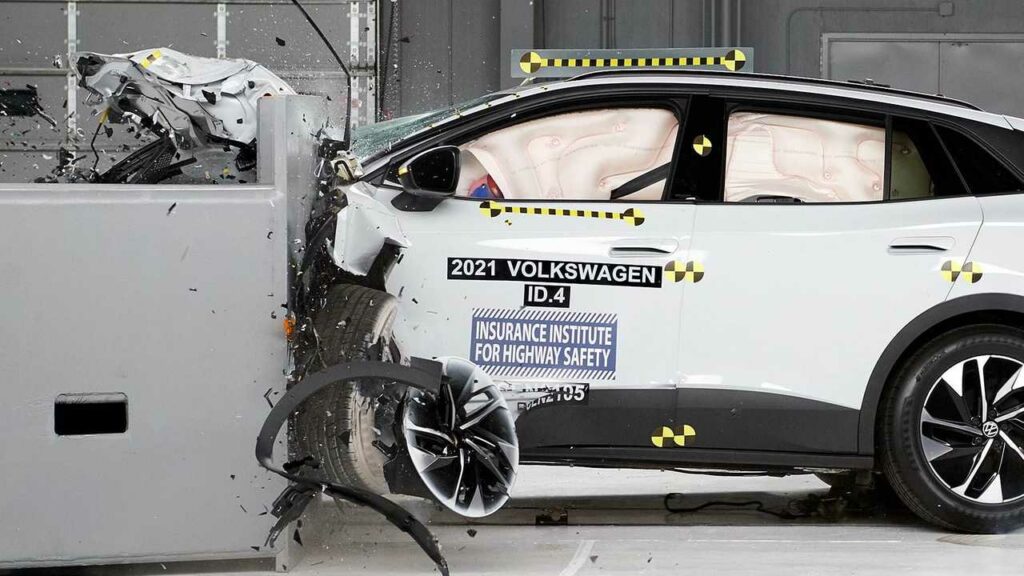
How do electric vehicles perform in these crash tests? Take a look at the limited data we have.

The Insurance Institute for Highway Safety (IIHS) does not provide overall ratings. They instead provide dozens of ratings for many different safety metrics. You can check out their ratings here.
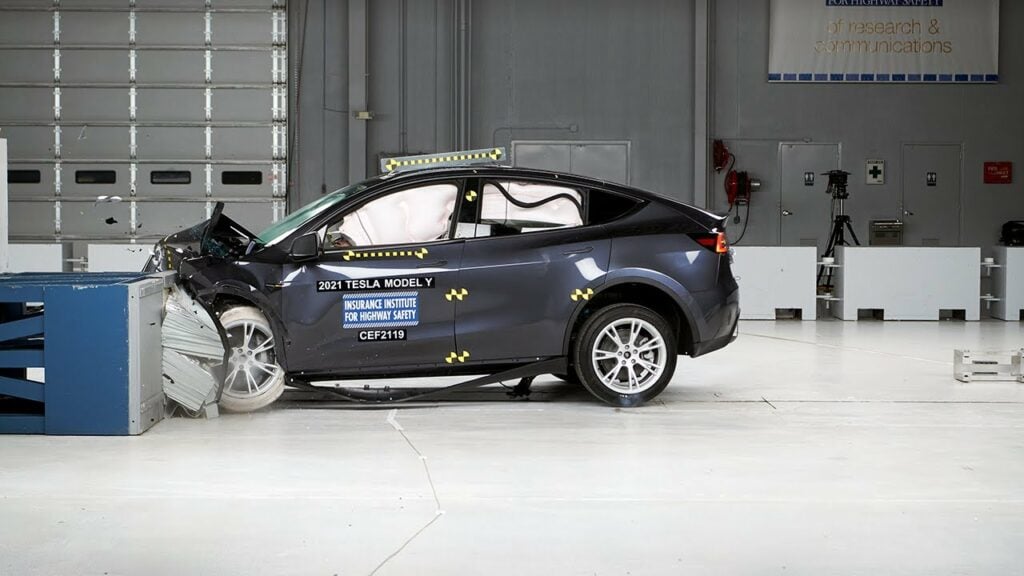
This data from the NHTSA and IIHS shows that while data is limited (but growing), all EVs tested so far have received excellent solid ratings. In fact, all eight electric models tested by the NHTSA in 2021-2022 earned five-star ratings. Considering that over 70% of EVs sold in the US are Tesla models, these ratings do represent the vast majority of EVs on American roads today. Still, far more testing is needed with so many electric models coming in 2022.
The IIHS sees the trends in their own data: EVs are actually making passenger vehicles safer than ever before. In a 2021 IIHS report on electric vehicle safety, they shared what they’ve learned so far.
“Evidence is growing that electric vehicles are at least as safe as conventional ones, with two more vehicles that run exclusively on battery power earning safety awards from the Insurance Institute for Highway Safety. In addition, an updated analysis of insurance data shows injury claims are substantially less frequent for such vehicles.”
Those are powerful words from an insurance-minded crash-tester. We definitely need more electric car safety testing. EV sales made up 6.5% of American auto sales in 2021, and that figure is expected to reach or exceed 40% by 2030. One useful safety test would be comparing how long it takes to extinguish a fire for each EV model. I’d love to see that testing implemented for the safety and preparedness of our first responders.
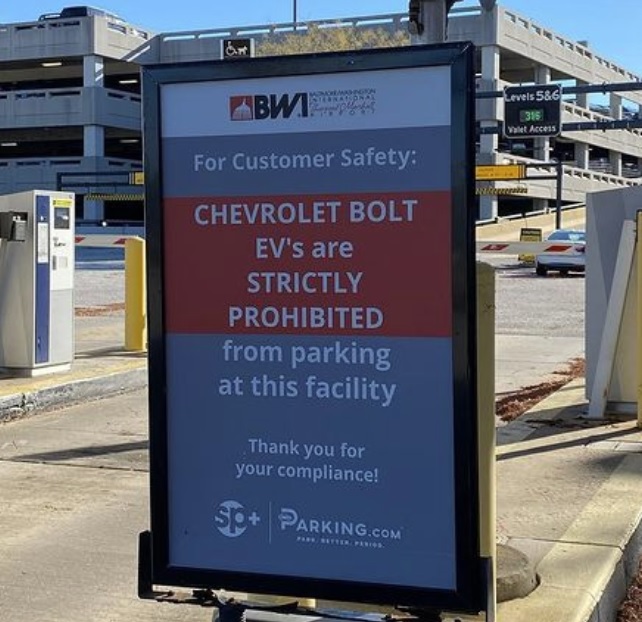
Whether you prefer a vehicle that requires gasoline, diesel or battery packs, all vehicles are built to haul around what are essentially concentrated energy sources. That’s how the vehicle converts potential energy in the form of combustible carbon or electrons into kinetic energy to get you from A to B. The latest and greatest battery chemistries pack more power than ever before into battery cells, but they also claim to be safer. However, any concentrated energy source is volatile under certain conditions. That’s why we don’t light matches at the gas pump. What about EV batteries? Are they a fire hazard worthy of extraordinary caution?
The CarEdge team recently dug deep into the latest EV battery fires that have made the news, and our findings certainly shed light on the facts. Here’s a summary of what the data and engineering investigations featured in our EV battery fire report reveal.
Data compiled by the National Fire protection Association (NFPA) and the US Department of Transportation shows that among all vehicle types, there’s an average of one vehicle fire per 19 million miles driven. Both the NFPA and the Center for Auto Safety say there is not yet a centralized database for electric vehicle fire statistics. In an effort to address the lack of information surrounding EV battery fires, Tesla decided to begin releasing statistics in their annual impact reports.
Tesla’s 2020 Impact Report says that from 2012-2020, there’s been one Tesla fire per 205 million miles traveled. The fact that Tesla models made up 79% of American EV sales in 2020 highlights the relevance of their data. Unfortunately, other automakers haven’t released comparable data (we’re looking at you GM!). We’re hopeful that will change soon.
Source: Tesla
This comparison doesn’t hide the fact that one other EV model has had major problems. The ongoing Chevrolet Bolt recall is costing GM and battery supplier LG a few billion dollars to resolve. There have also been sporadic incidents with other EVs. The Hyundai Kona briefly made headlines with multiple fires, but a fix was quickly implemented. It seems like every Tesla fire makes it into the news, even though there are not many.
Despite the statistics showing just how rare and isolated the events are, EV fires are real, and every one is worthy of proper investigation. The same goes for any vehicle fire.

Although Tesla’s data suggests that EVs are less prone to car fires than combustion vehicles, there are major safety concerns for the firefighters who extinguish the flames when an EV fire does occur. Firefighters need special training to learn how to safely approach EV-related incidents, but only two-thirds of departments have had the opportunity due to funding constraints. Automakers need to come forward and support our first responders with training and resources to prepare for the electrification of the auto industry.
EV fires require A LOT more water to extinguish. Tesla’s First Responders Guide recommends 3,000 to 8,000 gallons of water on hand to put out a Tesla fire. Some fires have needed 30,000 gallons of water to extinguish. Basically, firefighters have to do whatever it takes to cool down the battery, and that’s really hard to do with so much energy densely packed into the pack. Once the fire appears fully extinguished, there’s a chance it could still flare up, even days later. Towing services and junkyards are advised to park damaged electric vehicles at least 50 feet from other vehicles in the yard. As EVs become more popular, that might not be feasible in just a few years.
When cars launch full-speed ahead without warning, we have a major problem. Fortunately, that has not been proven to have occurred following dozens of investigations over the years. A number of serious accidents involving EVs have resulted in drivers claiming that the car accelerated on its own. Tesla vehicles have faced these accusations for years, but investigations have never found evidence of unintended acceleration. Plus, Tesla EVs are computers on wheels, and they maintain very detailed logs of all driver inputs. These logs are thoroughly inspected in every investigation.
The Department of Transportation’s National Highway Traffic Safety Administration (NHTSA) determined that reports of sudden unintended acceleration involving four different Tesla models were due to user error. In other words, the driver mistakenly smashed the accelerator pedal. With so much torque and instant feedback, that’s enough to launch a Tesla like a rocket. Depending on where that rocket is aimed, it could go launching right into harm’s way. The lesson here? Powerful EVs demand more attention than some drivers are used to. Electric car safety features can only go so far if drivers are careless or over confident.
Hyundai recently recalled 2,700 2017-2019 Ioniq electric vehicles (the generation prior to the all-new Hyundai IONIQ 5) to correct a rare but scary defect that may cause the Ioniq to accelerate after the driver releases the accelerator pedal when in ‘limp mode.’ With no accidents reported, it appears as though Hyundai got ahead of this issue before anything tragic happened. As far as we (and the US government) know, no EVs have accelerated on their own without driver input.

This is another headline grabber for Tesla. Anytime there’s a crash involving a Tesla on autopilot, it’s sure to make the news. Tesla Autopilot certainly has its faults, notably ‘phantom braking’ and difficulties with poor visibility. However, Tesla keeps track of their accident data from all Tesla vehicles worldwide, and this is what they’ve found as of December 2021:
“In the 4th quarter, we recorded one crash for every 4.31 million miles driven in which drivers were using Autopilot technology (Autosteer and active safety features). For drivers who were not using Autopilot technology (no Autosteer and active safety features), we recorded one crash for every 1.59 million miles driven. By comparison, NHTSA’s most recent data shows that in the United States there is an automobile crash every 484,000 miles.”
Although this is not independently verified, it’s intriguing data to say the least. Could Tesla Autopilot really be safer than human drivers? Considering that 15% of motor vehicle accidents in the US are attributed to driver distraction, it may not be all that surprising. More automakers are offering level 2 autonomous driving features. As Autopilot-like technology increases, electric car safety will be under the microscope. Learn more about Tesla’s annual safety report here.
Our goal at CarEdge is to provide you with factual information that’s useful for your decision-making process as you consider your next vehicle purchase. Why do we cover EVs so intently? Because industry insights show that major automakers are dead set on electrifying their entire lineups by 2035 at the latest. From Ford to GM and everyone in between, the story is the same. With hundreds of billions of dollars going towards EV development, it’s important to hold automakers accountable with such a nascent technology.
Over 2 million EVs are already on American roads and global EV sales totaled 4.5 million in 2021 alone. This is just the beginning. Sales of electric vehicles are expected to rise 75% to more than 8 million in 2022. Electric car safety is more important than ever. Are EVs safe? So far, it looks like electric vehicles are at least as safe as combustion vehicles. But when things go awry, EV fires are far more difficult to extinguish than what we’ve seen in the past, and that’s a concern worth addressing promptly at all costs. If you’re thinking about going electric for your next vehicle purchase, rest assured that EVs from Tesla, Ford, Volkswagen, Hyundai-Kia and others are ranked up there with the very best in the entire industry.
We have thousands of EVs (and other vehicles) listed today. Each listing includes industry insights, empowering data and the true TotalPrice that will make buying a car the transparent process it should’ve always been. Check it out here!

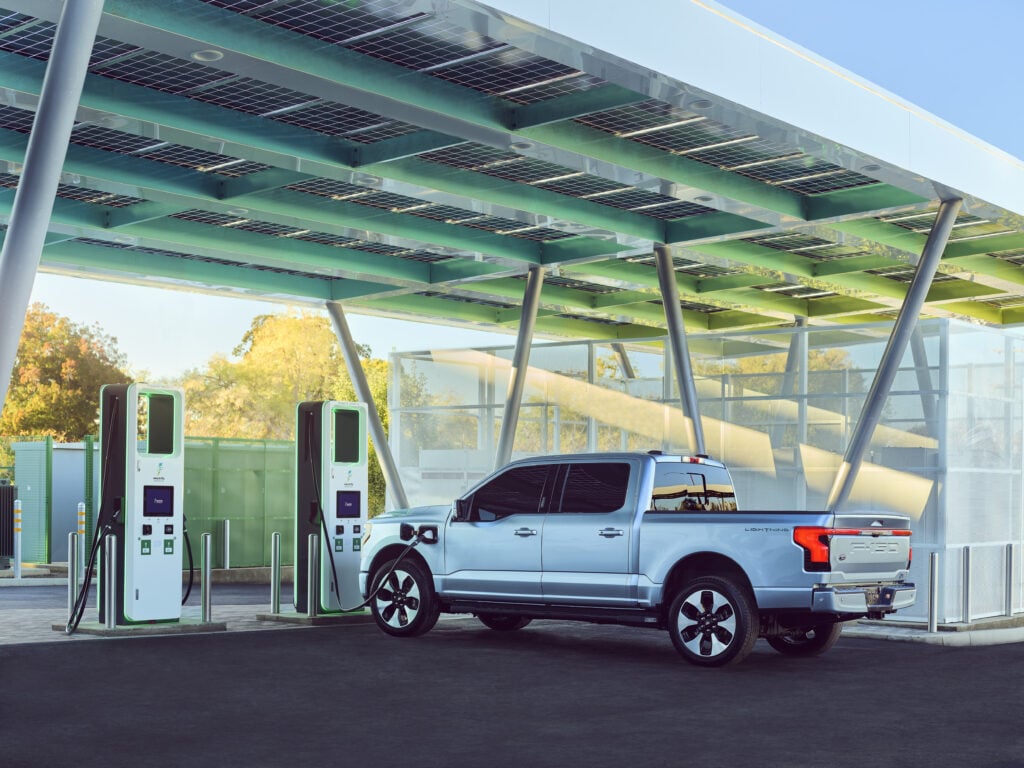
Update: Every day that we wake up to higher gas prices, the case gets stronger for EV adoption. If only EV prices weren’t sky-high. With gas at $4.50, the average American driver commuting 15,000 miles per year can easily save $150 per month or more by going electric. Check out the details below.
Charging an electric vehicle is a whole new experience, one that brings advantages and disadvantages for drivers. If you’ve been stopping at gas stations for decades, the thought of plugging in and waiting for your car to charge may be a bit too much to swallow. But over 80% of EV charging is done at home, where the cost savings are greatest. Two out of three American drivers are considering going electric for their next vehicle, and billions of dollars are being funneled into EV development and infrastructure.
EVs have a higher upfront cost than combustion vehicles, so it’s important to find ways of making up for the expense with fuel savings. Unfortunately, not all charging options are affordable. Here’s how you can save money when charging your EV in 2022.
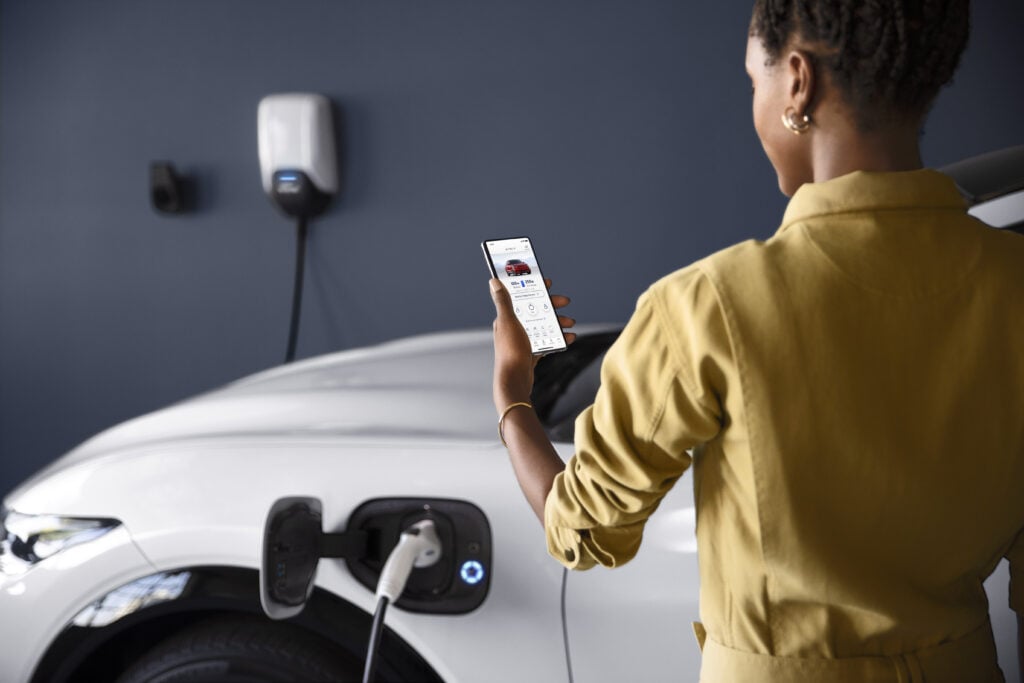
When do you usually charge your phone? While you sleep at home? Oddly enough, for most drivers, that’s exactly how their EVs are charged! Data from the US Department of Energy shows that the vast majority of electric vehicle charging is done at home. Whether you plug in to a simple 120 volt outlet in your driveway or have a more powerful 240 volt outlet in your garage, charging at home is usually the most affordable way to power up.
In the US, the average residential electricity rate is $0.14 per kilowatt-hour, however rates vary widely from one state to another. In Hawaii, the average rate is a whopping $0.34 per kWh, while it’s between $0.10 and $0.14 per kWh in more affordable energy states like Washington and Texas.
What does that all mean? Say you have a level 2 charger capable of filling up your battery from empty in about 7 hours. Plug in every evening, and wake up with a full battery every morning. What did that full ‘tank’ of electrons cost? Let’s consider a real-world example. The 2022 Tesla Model 3 has a 82 kWh battery, so at average American residential rates, at home charging a Tesla Model 3 at home costs just $11.48 for a full charge. That’s enough electrons for 358 miles of driving.
What about if the same Model 3 owner lived in California instead? At typical California residential electricity rates, the same charge would cost $18.04. Considering that a tank of gas costs over $75 today, the savings add up. But clearly, it depends on the rates you pay for power and miles driven per year to maximize savings. If you’d like to know more about average residential electricity rates in each state, you can find that information here.
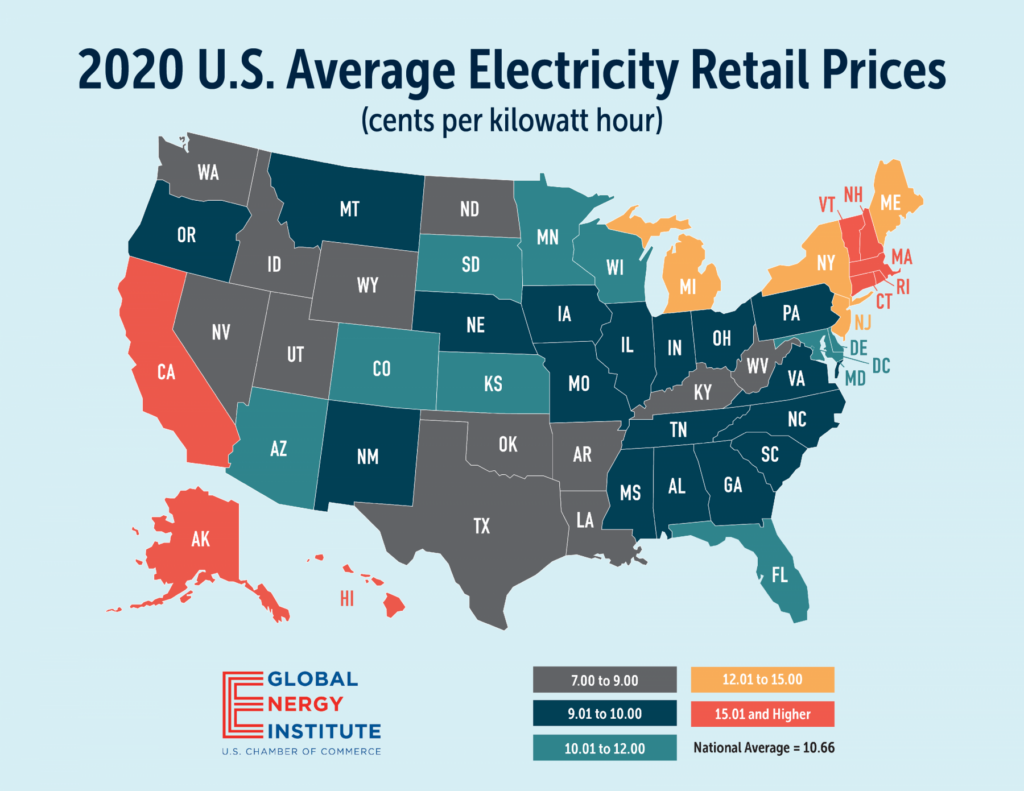
Here’s how much EV drivers from each state can expect to pay for a full charge. The examples below specifically reflect an EV with an 82 kWh battery, such as a Tesla Model 3 or Model Y. My own Hyundai IONIQ 5 has a 72.5 kWh battery.
The stark difference between home charging and public fast charging highlights the fact that going electric likely only brings savings when most charging is done at home.
| State | Residential Electricity Rate ($ per kWh) | Cost of Charging to 100% at Home (82 kWh battery) | EV Fuel Savings Compared to Filling an 18 Gallon Tank at $4.50/Gal | Annual Savings: 15,000 miles/year, 25 MPG versus 300 miles on a charge |
|---|---|---|---|---|
| Alabama | $0.14 | $11.48 | $69.52 | $2,126 |
| Alaska | $0.23 | $18.86 | $62.14 | $1,757 |
| Arizona | $0.13 | $10.66 | $70.34 | $2,167 |
| Arkansas | $0.11 | $9.02 | $71.98 | $2,249 |
| California | $0.22 | $18.04 | $62.96 | $1,798 |
| Colorado | $0.14 | $11.48 | $69.52 | $2,126 |
| Connecticut | $0.23 | $18.86 | $62.14 | $1,757 |
| Delaware | $0.14 | $11.48 | $69.52 | $2,126 |
| DC | $0.14 | $11.48 | $69.52 | $2,126 |
| Florida | $0.12 | $9.84 | $71.16 | $2,208 |
| Georgia | $0.13 | $10.66 | $70.34 | $2,167 |
| Hawaii | $0.34 | $27.88 | $53.12 | $1,306 |
| Idaho | $0.11 | $9.02 | $71.98 | $2,249 |
| Illinois | $0.14 | $11.48 | $69.52 | $2,126 |
| Indiana | $0.14 | $11.48 | $69.52 | $2,126 |
| Iowa | $0.13 | $10.66 | $70.34 | $2,167 |
| Kansas | $0.13 | $10.66 | $70.34 | $2,167 |
| Kentucky | $0.12 | $9.84 | $71.16 | $2,208 |
| Louisiana | $0.12 | $9.84 | $71.16 | $2,208 |
| Maine | $0.18 | $14.76 | $66.24 | $1,962 |
| Maryland | $0.14 | $11.48 | $69.52 | $2,126 |
| Massachusetts | $0.23 | $18.86 | $62.14 | $1,757 |
| Michigan | $0.18 | $14.76 | $66.24 | $1,962 |
| Minnesota | $0.14 | $11.48 | $69.52 | $2,126 |
| Mississippi | $0.12 | $9.84 | $71.16 | $2,208 |
| Missouri | $0.11 | $9.02 | $71.98 | $2,249 |
| Montana | $0.12 | $9.84 | $71.16 | $2,208 |
| Nebraska | $0.11 | $9.02 | $71.98 | $2,249 |
| Nevada | $0.13 | $10.66 | $70.34 | $2,167 |
| New Hampshire | $0.21 | $17.22 | $63.78 | $1,839 |
| New Jersey | $0.16 | $13.12 | $67.88 | $2,044 |
| New Mexico | $0.14 | $11.48 | $69.52 | $2,126 |
| New York | $0.21 | $17.22 | $63.78 | $1,839 |
| North Carolina | $0.12 | $9.84 | $71.16 | $2,208 |
| North Dakota | $0.12 | $9.84 | $71.16 | $2,208 |
| Ohio | $0.13 | $10.66 | $70.34 | $2,167 |
| Oklahoma | $0.13 | $10.66 | $70.34 | $2,167 |
| Oregon | $0.12 | $9.84 | $71.16 | $2,208 |
| Pennsylvania | $0.15 | $12.30 | $68.70 | $2,085 |
| Rhode Island | $0.22 | $18.04 | $62.96 | $1,798 |
| South Carolina | $0.14 | $11.48 | $69.52 | $2,126 |
| South Dakota | $0.13 | $10.66 | $70.34 | $2,167 |
| Tennessee | $0.12 | $9.84 | $71.16 | $2,208 |
| Texas | $0.13 | $10.66 | $70.34 | $2,167 |
| Utah | $0.11 | $9.02 | $71.98 | $2,249 |
| Vermont | $0.21 | $17.22 | $63.78 | $1,839 |
| Virginia | $0.13 | $10.66 | $70.34 | $2,167 |
| Washington | $0.11 | $9.02 | $71.98 | $2,249 |
| West Virginia | $0.14 | $11.48 | $69.52 | $2,126 |
| Wisconsin | $0.15 | $12.30 | $68.70 | $2,085 |
| Wyoming | $0.12 | $9.84 | $71.16 | $2,208 |

If you already have a 240 volt dryer outlet within reach, you’re all set for just about any scenario. If you don’t, you’re left with two options. If you drive less than 40 miles on most days and live within a reasonable distance of a public charger (in case you need it), you will save the most money by using the so-called ‘trickle charge’ supplied by the charger included with the car. You simply plug into a standard three-prong 120 volt wall outlet. This is called level 1 charging.
Depending on the vehicle, trickle charging typically adds 3-4 miles of charge per hour to the battery, or about 40 miles per night if you leave your car plugged in. So, how much does it cost to charge an electric car? If the above scenario describes your driving habits, you’ll just pay the same residential electricity rates that your pay to power your home.
If that’s not quite enough recharge for your daily needs, you’ll either need to make weekly visits to public fast chargers, or spend anywhere from $800 – $2000 on installation of a level 2 charger. Level 2 chargers supply more power in less time. They plug into a 240 volt outlet, the exact same kind that is used for dryers, ovens and other large appliances at home.
If you already have a conveniently located dryer outlet within reach of where you park the car, you can purchase a power splitter for as little as $300. Splitters send charge to the home appliance (such as a dryer) when needed, and then divert power to charging the car when the appliance is not in use. This saves A LOT of money versus getting electrical work done!
In summary, if you drive less than 40 miles a day, it usually makes the most sense to avoid the costly level 2 charger and stick with a regular wall outlet. If you drive significantly more, consider installing a level 2 charger or simply topping off your battery once or twice a week at a local public fast charger to avoid the expense of electrical work.
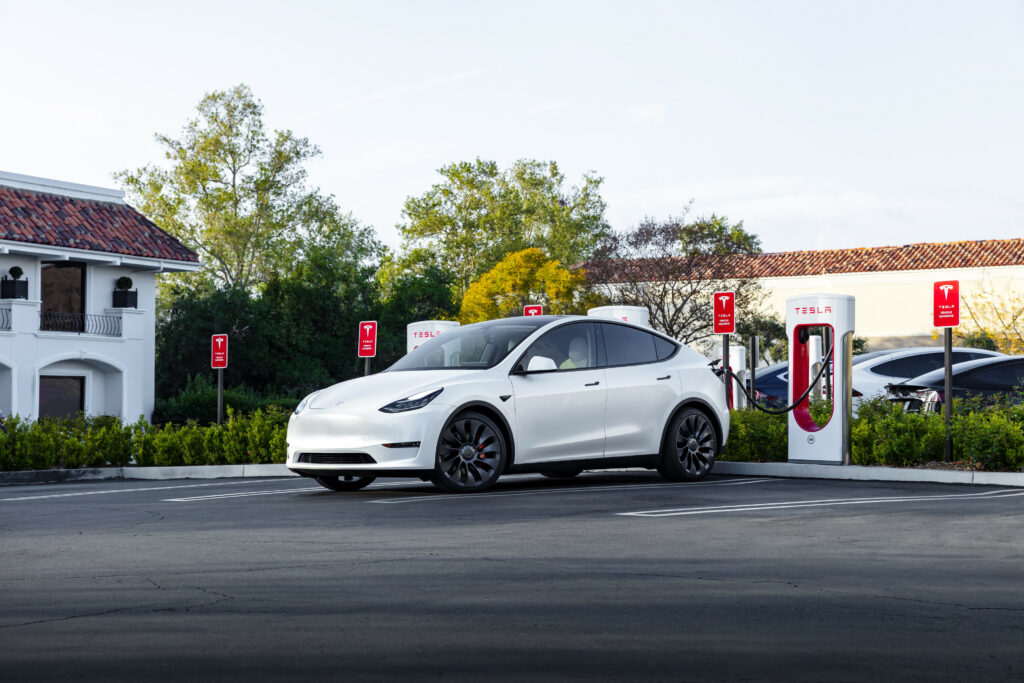
First, there’s one thing we need to make clear. Electric vehicles are not meant to be charged at public DC (direct current) fast chargers every time a charge is needed. It stresses the battery, and it costs a lot more than charging at home. For instance, fast chargers can charge a Model 3 from 10-80% in less than 20 minutes. That much energy transfer puts wear on the vehicle’s battery management system. Fast charging is great for road trips or when you’re in a pinch, but that’s all they’re meant for.
How much can you expect to pay for charging at a public DC fast charging station? Let’s consider the two largest charging networks in the nation: Tesla Superchargers and Electrify America.
As of early 2022, most Tesla Superchargers charge $0.28 per kWh of electricity. For a 2022 Tesla Model Y with a 82 kWh battery pack, that adds up to a cost of $22.96 to go 330 miles on a charge. Some Superchargers have variable pricing dependent on demand charges, as noted on Tesla’s Supercharging support page. “Certain Supercharger stations offer on-peak and off-peak rates. The rates and peak times are both displayed in the navigation application on the touchscreen.”
Depending on state and local regulations, some Tesla Superchargers charge per minute, rather than per kilowatt-hour of electricity. Tesla recently updated the rate structure for their per-minute Superchargers. With Tesla’s plug-and-charge, customers simply plug in the vehicle and the charger communicates with the car, begins charging and bills the customer’s Tesla account.
Here’s how the updated rate structure is tiered in 2022:
Source: Tesla

Over at Electrify America, customers can either pay $0.43 per kWh of electricity, or become a Pass+ member for just $4/month and charge at $0.31 per kWh. Having such an affordable membership plan is an interesting approach. That is to say, it almost seems like Electrify America is aiming to become a subscription that everyone with an EV will buy into for a sense of range security, even if they rarely use the network. Down the road, I’m sure prices will go up.
For a Ford Mustang Mach-E, filling up the 98 kWh battery from empty will cost $30.38 with the Pass+ membership. However, the cost jumps to $42.14 without it. Clearly, the fuel savings we often associate with going electric evaporate if charging costs are too high.
| Cost of Charging to 100% at a Tesla Supercharger | Cost of Charging to 100% at Electrify America as a Member | Cost of Charging to 100% at Electrify America as a Guest | Cost of Filling up an 18 Gallon Tank of Gas at $3.25/Gallon |
| $22.96 | $25.42 | $35.26 | $58.50 |
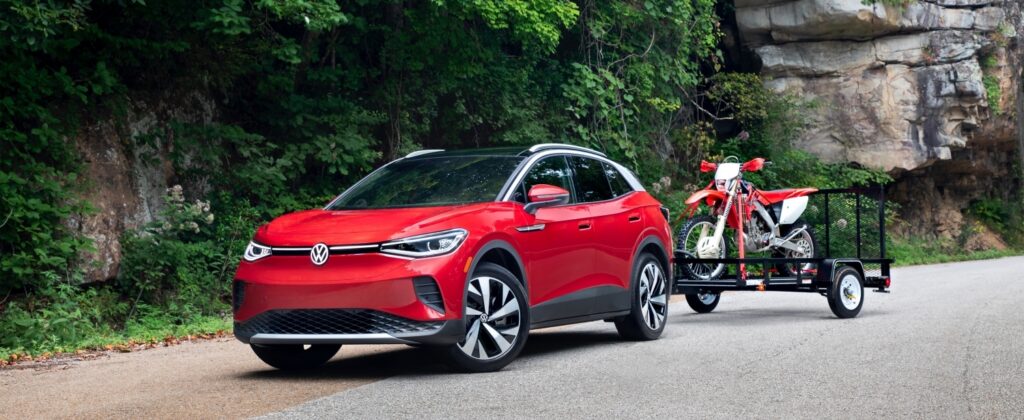
If you know someone who pulls up to Tesla Superchargers in their 2014 Model S and leaves without paying a dime, don’t expect the same perks when shopping for a 2022 Tesla. Early adopters received free supercharging ‘for life’, and there are plenty of Tesla owners out there who keep driving their high-mileage, slow-charging old Model S just for the free charging incentive.
If you’re hoping to score free charging with any of the 2022 EV models, I’ve got good news for you. Many 2022 models come with free charging at Electrify America charging stations. These new EVs all come with a free charging incentive for a limited time:
Some employers, especially large corporations and tech companies, offer free charging for EVs at dedicated parking spots. However, if your employer doesn’t offer charging, maybe you can be the one to spark the idea and help make it happen.
Prices have plummeted in recent years, and having an EV is yet another incentive to go solar. Most utility customers can participate in a net metering program that compensates homeowners for unused solar electricity contributed to the grid. If the sun is shining bright while you’re away at work, you still receive bill credits for the unused power your panels generated. The utility bill credits you’ll receive may cover the entire cost of charging your car. That’s 100% clean, free power for both your home and transportation!
How much does it cost to charge an electric car? As you can see, it depends on utility rates, incentives and if you charge at home or at public fast chargers. Fuel savings is one of the greatest benefits of switching from a combustion vehicle to an electric vehicle. As your consumer advocate, we want to make it clear that EVs don’t always save money. However, for the vast majority of American drivers, affordable electricity rates mean that at least $1,000 could be saved each year by going electric. And that doesn’t include the lower maintenance costs that most EVs have. For those who are fortunate to have a place to plug in at home or work, switching to an electric vehicle is a no-brainer.
Have any questions or comments? How are you feeling about the electrification of the auto industry? Let us know in the comments below, or check out the CarEdge Community forum at caredge.kinsta.cloud. You can also reach out to me at [email protected].

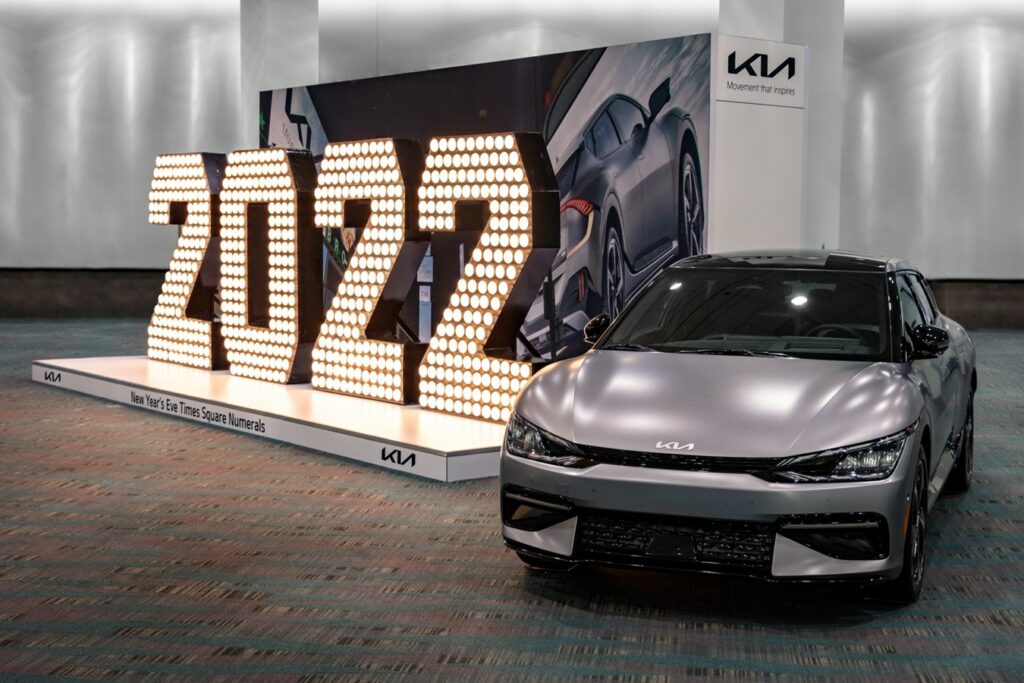
Update 1/25/22: At last, Kia has announced pricing for the 2022 EV6. The base EV6 ‘Light’ starts at $40,900, plus a destination fee of $1,215 for a total entry price of $42,115 for 2022. The EV6 does qualify for up to $7,500 in federal tax credits. Will dealer markups plague the EV6 as much as they have with the Hyundai IONIQ 5? We’ll have to wait and see. Deliveries start in the coming weeks, with the EV6 being available in all 50 states.
Here’s the full price breakdown for the 2022 Kia EV6:

If you’re a fan of the impressive range and charging figures of Hyundai’s new IONIQ 5 but don’t quite get the styling, maybe it’s sibling, the 2022 Kia EV6, is the electric auto for you. After making it’s official American debut at the 2021 LA Auto Show, this sleek electric crossover is slated to hit American roads within months. The new year brings so many more EVs to the market. Here’s what makes the Kia EV6 so distinctive among its peers in the crowded electric crossover segment.
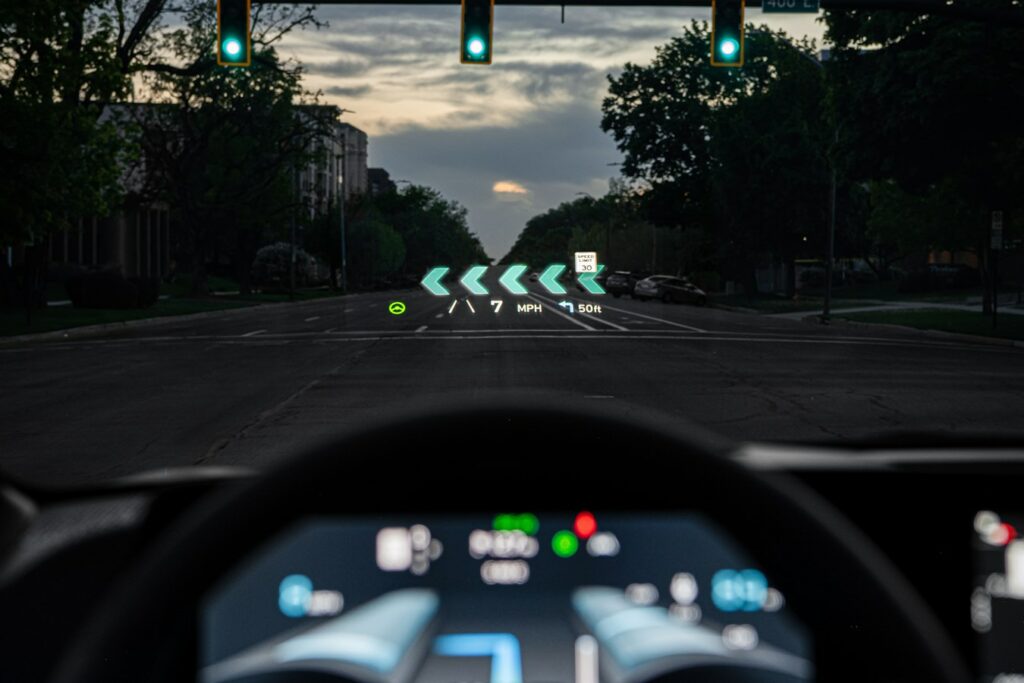
The 2022 Kia EV6 is built on the new e-GMP electric platform engineered by Kia and Hyundai to power their vehicles for the next several years. Previously, Kia EVs like the 2021 Kia eNiro were merely EVs adapted to a chassis engineered for a combustion vehicle. This all-new platform offers decent efficiency and range, and exceptional fast-charging speeds. We’re talking even better than Tesla! In early 2022, only the Porsche Taycan, Lucid Air and Hyundai’s IONIQ 5 are capable of charging at 800 volts. Soon, the EV6 will join them.
Considering that nearly all variants of the Porsche and Lucid cost over $100,000, it’s amazing how far Kia has come to be a leading innovator in the industry. For the 2022 Kia EV6, charging from 10% to 80% (adding about 200 miles of range) takes just 18 minutes. Early tests at InsideEVs show a peak charging rate of 239 kW at public level 3 DC fast chargers. Those are worthy bragging rights for Kia!

Over 80% of EV charging is done at home with level 1 or 2 chargers. Some drivers rarely ever use level 3 fast chargers. With a 240 volt dryer outlet, the EV6 can charge from empty to full in 7 hours. Without giving it much thought, that may sound like a long wait. How many hours each night does your car sit in your garage or driveway? With EVs, most drivers wake up with a full ‘tank’ of electricity every single morning. It’s just like plugging in your phone when you hit the hay. Plus, electricity is much cheaper than gasoline. With myth-busting charging speeds both at home and on the road, the Kia EV6 will help turn the tide in the battle between gasoline and electricity.
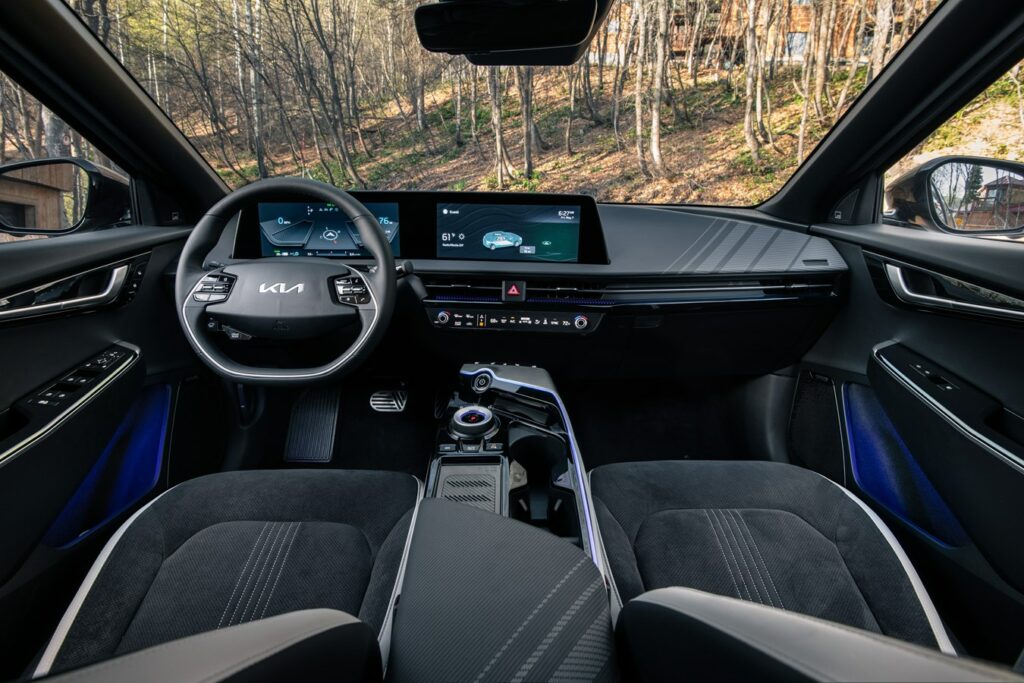
The 2022 Kia EV6 has a premium feel to it, and that’s something we’re still learning to expect from Kia. If someone told me back in 2006 that in 2022, Kia would be making one of the most sought-after electric vehicles on the market, I’d be skeptical. But stepping inside the EV6 welcomes drivers and passengers alike to a sense of spaciousness. The cabin is open and airy, yet the driver’s seat and surrounding controls remain driver-focused.
Cargo room is generous at 27.7 cubic feet, or 53.5 cu. Ft. with the rear seats down. Rear passengers have ample room, and it’s slightly more than you’d expect in a traditional crossover. However, the 61” height of the vehicle is two inches shorter than its Hyundai sibling. The Hyundai IONIQ 5 has a bit more room for rear passengers.
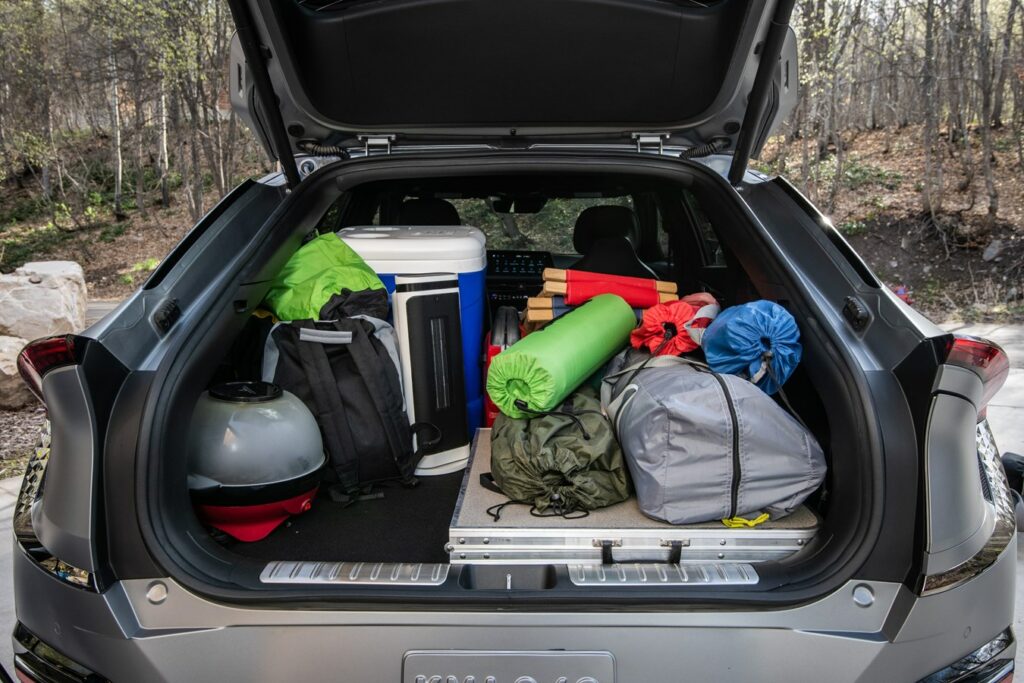
The EV6’s front dash consists of dual high-definition 12.3” screens, one for infotainment and another for the instrument cluster. Higher trims also include an augmented reality heads-up display that projects driving directions and basic info onto the windshield within the driver’s line of sight.
Kia is proud of the ambiance they’ve created in the EV6, and they highlight the intuitive user experience. “Convenience features such as keyless entry with touch-sensitive entry buttons, programmable driver profiles, relaxation seats and ergonomic design create an experience that puts the driver first. From the automatic flush handles that emerge from the car body, through to the intuitive touch-sensitive interfaces and the Augmented Reality head-up display, every journey in EV6 is designed to improve the human-machine interaction and promote a sense of well-being.”
The EV6’s 77.4 kWh lithium-ion battery is produced by SK Innovation, a leading manufacturer of batteries that also supplies Ford. With a curb weight of 4255 pounds, the 310-mile EPA rated range of the 2022 Kia EV6 is very good. That works out to 117 mpg-equivalent on a per unit of energy basis. That’s what you can expect from the rear-wheel drive version, which produces 225 horsepower (168 kW) and 258 lb-ft of torque, or 0-60 mph in 7.3 seconds. Adding an additional motor to the front increases power to 313 hp and a 0-60 time of 5.1 seconds, but range drops to 274 miles on a charge. Unlike combustion-powered vehicles, EVs get better range in city driving. The EV6 will likely get well over 300 miles of range cruising around town.
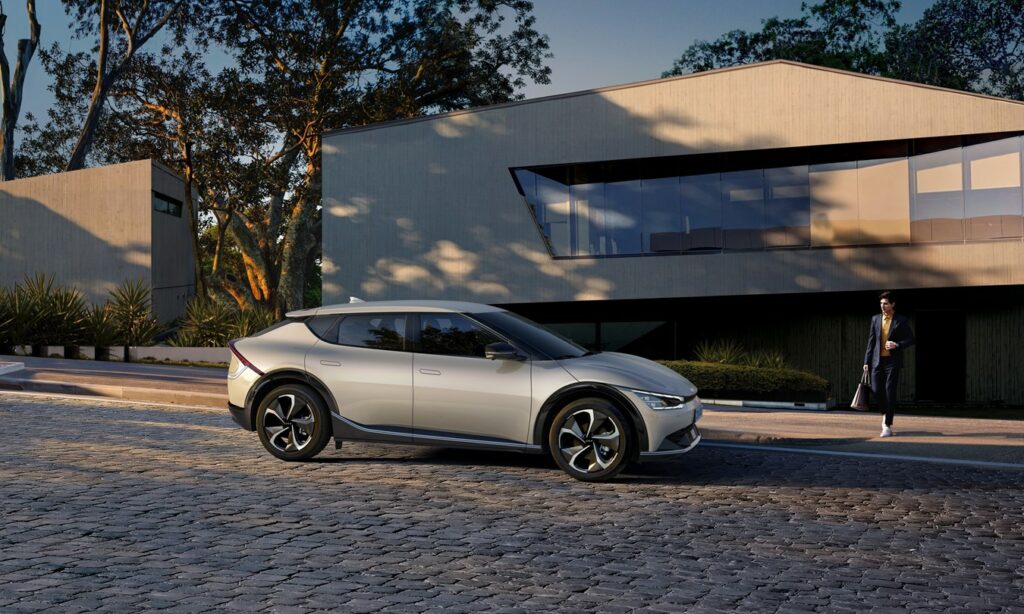
Kia has announced US pricing, and it’s just a hair above the Hyundai IONIQ 5’s MSRPs. Here’s what we know:

The Kia EV6 qualifies for the federal EV tax credit for up to $7,500, depending on tax liability. If you owe at least $7,500 in federal taxes each year, you can subtract that amount from these prices. For many buyers, the EV6 is effectively starting at just under $35,000.
Once again, as we’ve seen with the top-trim Hyundai IONIQ 5, Ford Mustang Mach-E and Volkswagen ID.4, automakers seem to be cornering buyers into a familiar shopping comparison with Tesla. Do buyers want a base-trim Tesla Model Y for about $60,000, or a fully-loaded alternative from a legacy OEM?
As of January 2022, we know that the ‘EX+’ trim options include rear-wheel drive, 310 miles of range, premium sound, heated and ventilated seats, and an onboard power generator that can power laptops, cooking devices, party lights or whatever else you need to plug in. The more premium GT line tacks on a large power sunroof, surround-view and blind-spot monitoring, heads-up display, park assist and highway drive assist, all while riding around on 20-inch wheels.

With a starting MSRP around $42,000 with destination, the 2022 EV6 will be a real contender for crossover market share. Early access owners in the UK love their cars, and many point out the advantages over the elephant in the room (Tesla). While Tesla’s Model 3 and Model Y both have an ultra-minimalist dash and plain interior, the EV6 is full of gadgets and customization. Looking at the top GT-Line trims, buyers could be cross-shopping the Model Y and EV6 for roughly the same price. One big difference: Kia EVs still qualify for the current $7,500 federal EV tax credit. Which would you prefer, the Tesla or the new Kia?
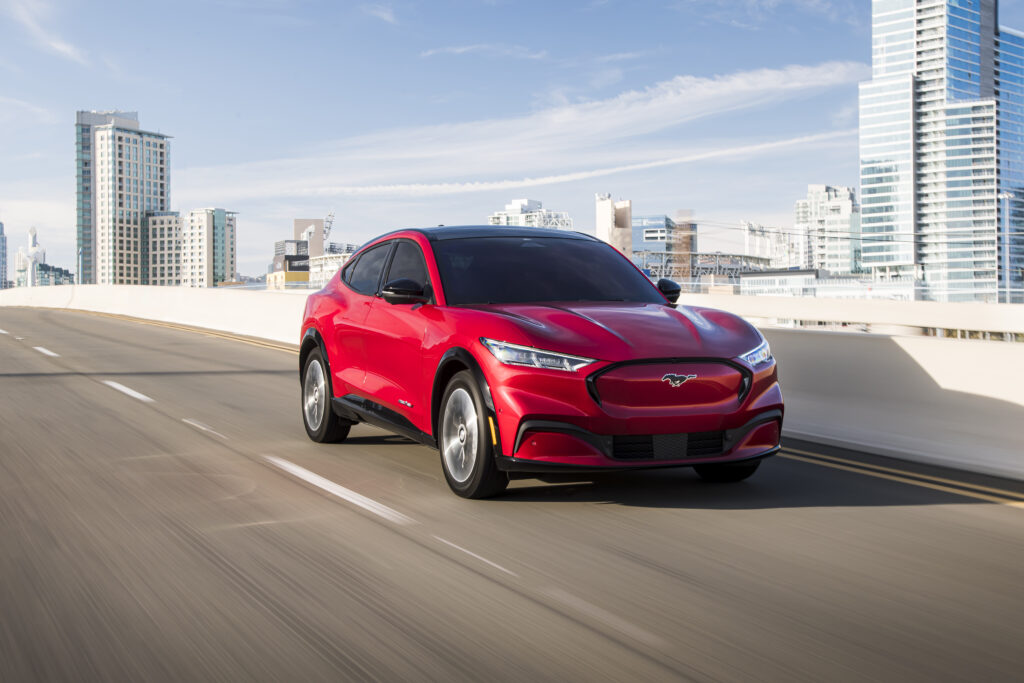
Another likely challenger is the Ford Mustang Mach-E, which sold 24,791 units in America through November 2021. The Mach-E has a few more feet of cargo capacity, but many reviewers note that the ride is quite firm. Shoppers looking for a softer ride and more leisurely handling will probably prefer the EV6. Those looking for a sporty Model Y alternative may find what they desire in the Mach-E. Range figures appear to be similar between the two, but the Kia has a clear advantage when it comes to charging time.
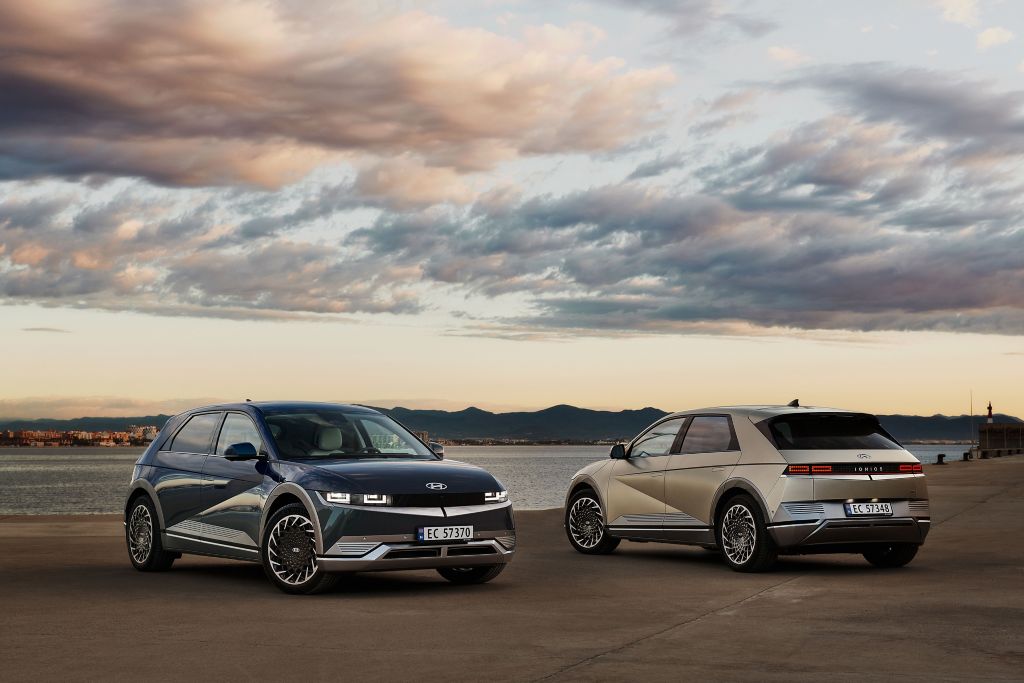
We do know a lot about the EV6’s e-GMP platform sibling, the 2022 Hyundai IONIQ 5. With a starting price of just $40,925 and roughly the same charging and range specs as what the EV6 has to offer, buyers will find that both interior and exterior styling language is the big differentiator. Those who love a retro look with a hatchback flare will instantly fall in love with the IONIQ 5. If you prefer a sleek, aggressive-looking EV that is a family-mover in disguise, the Kia may suit your needs. And then, there’s the supply factor. In the end, whichever OEM can ship more vehicles to America may win out in terms of sales.
Like a few other EVs, ‘early 2022’ is about all we know for now. Select dealerships have a pre-ordering process set up, so it might be worth a stop by your local dealership. If you’re hoping to drive an EV6 home in 2022, bear in mind the threat of additional dealer markups. If you are able to place an order, have in writing the out-the-door price your dealer will commit to. Our team of consumer advocates at CarEdge is ready to help you through this very important process. Don’t let surprise add-ons and ‘market adjustments’ keep you from getting into the driver’s seat.
With some automakers chasing Tesla and others stuck with heartless compliance EVs and struggling to get with the game, it’s refreshing to see EVs blossoming into compelling, fun-to-drive vehicles. The one big problem we see is the prohibitive price. EVs remain out of reach for many, and it doesn’t appear that the EV6 will help on that front. But then again, it doesn’t look like a ‘cheap’ car, so buyers will have to decide if it’s worth the price.
The Kia EV6 brings a new perspective to the crossover EV segment, and it’s one that consumers should definitely check out. The level of detail that the EV6 presents in both the driver-focused interior and eye-catching exterior serves as a reminder that not everything needs to aspire to Tesla. Kia is showing that our electric future is not set in stone. There’s still plenty of room for innovation as we charge ahead.
What do you prefer, the Hyundai IONIQ 5 or the Kia EV6? Let us know in the comments, or hop on over to the CarEdge Community Forum at caredge.kinsta.cloud.
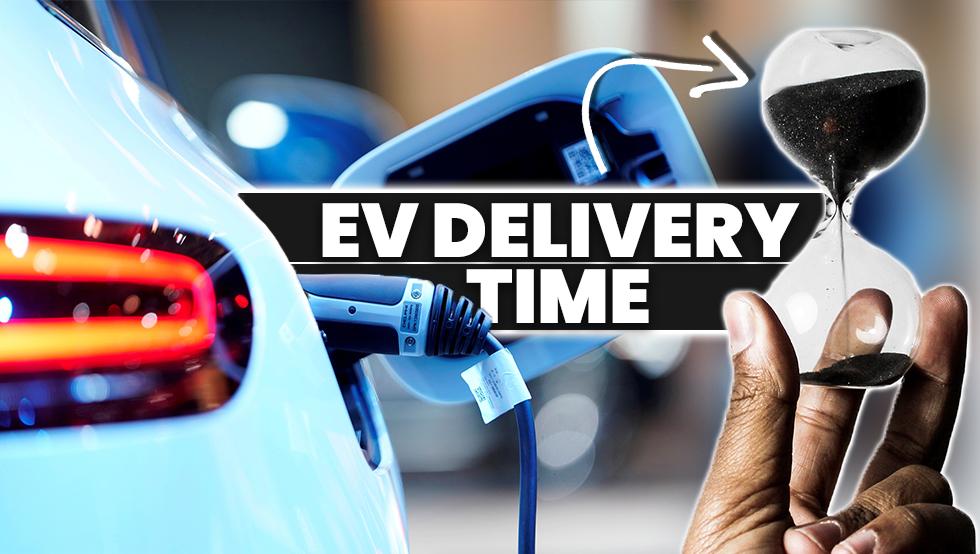

(Updated for Summer 2022)
As anyone who’s fallen head over heels for one of the many 2022 electric vehicles and clicked that ‘Order’ button can attest, just because you can order an EV in 2022 doesn’t mean you can drive it home this year. This was a problem I faced myself, but I finally broke the code and got a Hyundai IONIQ 5 at MSRP (here’s how).
Soon after I began my online car search, it became clear that if I wanted a brand-new vehicle, my options were limited by availability. To make the most of the situation, I thought I’d share what I’ve learned about the availability and estimated delivery times for EVs on the market today. Here’s what we know as we kick off the new year.
Note: These are fully-electric models that can either be ordered now or purchased at a dealership today. Many more have been announced but are not yet officially available.
| Make | Model | Class | Starting MSRP | Estimated Delivery/Lot Availability* |
|---|---|---|---|---|
| Audi | e-tron | crossover SUV | $65,900 | Available Now |
| Audi | Q4 e-tron | crossover SUV | $43,900 | Available Now |
| Audi | RS e-tron GT | sedan | $103,445 | Available Now |
| BMW | iX | SUV | $88,050 | Mid-2022 |
| BMW | i4 | sedan | $55,400 | Mid-2022 |
| Cadillac | Lyriq | SUV | $62,990 | Late-2022 |
| Chevrolet | Bolt | hatchback | $31,000 | Available Now |
| Chevrolet | Bolt EUV | crossover SUV | $33,500 | Available Now |
| Fisker | Ocean | crossover SUV | $37,499 | 2023 |
| Ford | Mustang Mach-E | crossover SUV | $43,895 | Available Now |
| Ford | F-150 Lightning | truck | $39,974 | 2023-2024 |
| GMC | Hummer EV | truck | $99,995 | Mid-to-late 2022 |
| Hyundai | IONIQ | crossover SUV | $33,245 | Available Now (Discontinued) |
| Hyundai | IONIQ 5 | crossover SUV | $43,650 | Available Now |
| Hyundai | Kona | crossover SUV | $34,000 | Available Now |
| Jaguar | I-Pace | crossover SUV | $69,900 | Available Now |
| Kia | Niro | crossover SUV | $39,990 | Available Now |
| Kia | EV6 | crossover SUV | $42,115 | Available Now |
| Lucid | Air | sedan | $77,400 | Mid-2022 |
| Mazda | MX-30 | crossover SUV | $33,470 | 2022 - CA Only |
| Mercedes | EQS | sedan | $102,310 | Available Now |
| Mercedes | EQB | SUV | ~$55,000 | Late 2022 |
| Nissan | Leaf | hatchback | $27,400 | Available Now |
| Nissan | Ariya | crossover SUV | $47,125 | Late 2022 |
| Polestar | Polestar 2 | sedan | $45,900 | Available Now |
| Porsche | Taycan | sedan | $82,700 | Available Now |
| Rivian | R1T | truck | $67,500 | 2023 |
| Rivian | R1S | SUV | $70,000 | 2023 |
| Subaru | Solterra | crossover SUV | $46,220 | Mid-to-late 2022 |
| Tesla | Model S | sedan | $94,990 | Late 2022 - 2023 |
| Tesla | Model 3 | sedan | $46,990 | Mid-to-late 2022 |
| Tesla | Model X | SUV | $104,990 | 2023 |
| Tesla | Model Y | crossover SUV | $62,990 | Late 2022 - 2023 |
| Toyota | bZ4X | crossover SUV | $43,215 | Mid-to-late 2022 |
| Volkswagen | ID.4 | crossover SUV | $40,760 | Mid-2022 |
| Volvo | XC40 Recharge | crossover SUV | $55,300 | Available Now |
| *For a vehicle ordered in May 2022, unless there's existing dealership supply. |
A few things might stand out to you on this list. Not a lot of options are available if you need a new vehicle right now. VW Group’s new EVs are available at many dealerships, although there are reports of major dealer markups. It’s quite easy to find EVs of the previous generation on dealer lots. Think Kia eNiro, Hyundai Kona EV, Nissan Leaf and the like.
The vast majority of 2022 electric vehicles are crossovers. No surprise there given the sales trends over the past decade. Honda doesn’t have a single EV arriving in the North American market until the 2024 Prologue electric SUV. That is surprising considering the popularity and good reputation of the brand. What will it take for automakers to catch up to demand? An end to the chip shortage would be a great step in the right direction. There’s also the supply versus demand factor. Ford, Rivian, Tesla and VW are all swamped with orders well into 2022, and even into 2023. All except Tesla are EV newcomers who are facing the same production ramp-up struggles that Tesla just barely survived a few years ago. We’ll update this page regularly as more information becomes available, so save it to your bookmarks!
Did we miss anything? Let us know in the comments below, or shoot an email to [email protected].